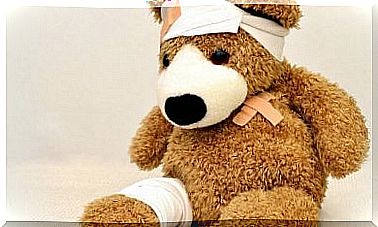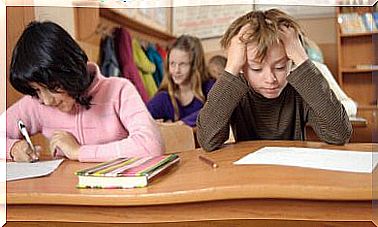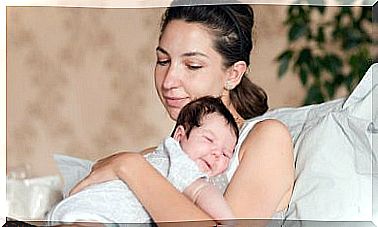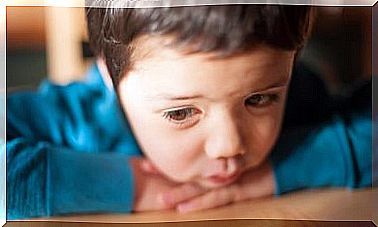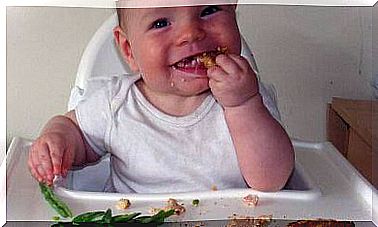How To Create An Escape Room In Class
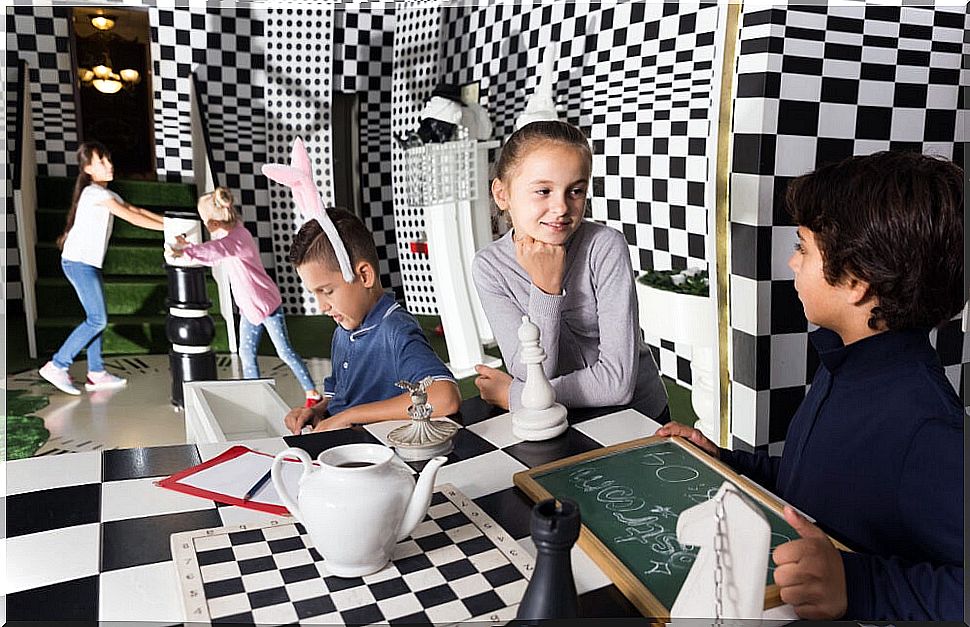
Create an e scape room in class is a fun way to engage students in any subject. It ‘s easy to convert almost any classroom into a e scape room.
It is great news to know that we do not need to spend many hours creating our e scape room (room escape), nor do we need to buy many things, no locks or boxes.
What is an e scape room ?
If you are not very familiar with the idea of the escape room, you just have to imagine yourself with a group of friends, locked (voluntarily) in a room. In it there will be a mystery to solve and a limited time to do it (normally, sixty minutes).
It consists of searching the room, finding clues, and using them to unlock more clues, eventually completing the mystery and escaping the room. The experience is very entertaining.
Basic ingredients to create an e scape room in class
It is about taking the original idea to make escape rooms in the classroom.
Time limit
A to create a e scape room in class, setting a time limit it is optional but very useful. Students must solve clues, open the locks and reach the goal in a specified time. A time limit can boost motivation and concentration. But be careful, it can also add too much stress.
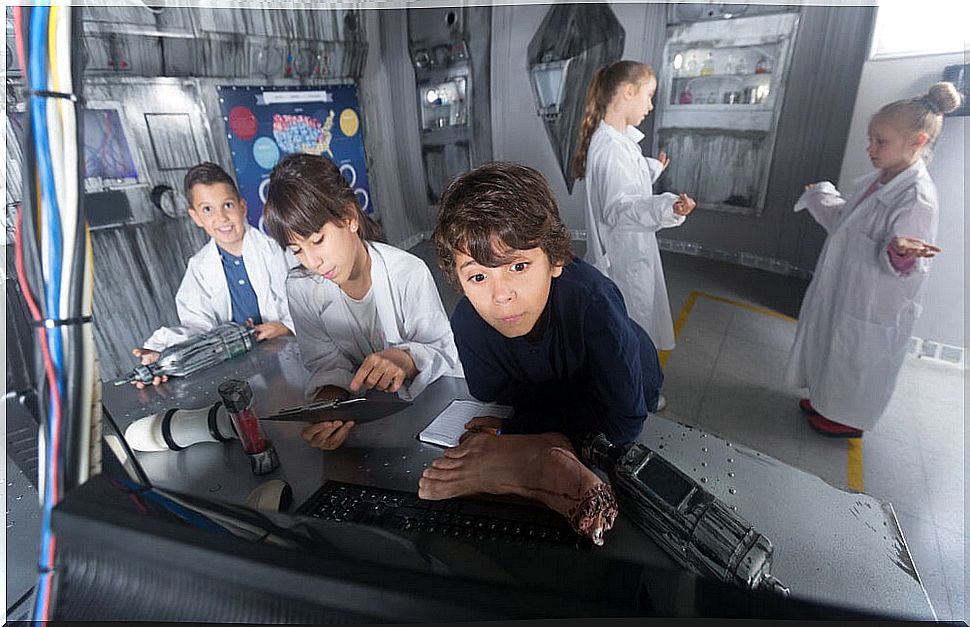
The objective when creating an escape room in class
The aim of the e scape room in class will be related to the backstory to choose for the mystery. It must be something thematic and we can relate it to the subject we are dealing with. It can be as complex or as simple as we want.
We can have students look for a lost treasure, hidden by a historical figure, or look for an animal separated from its mother or a species in danger and extinction. We could be looking for the destruction sequence of an Artificial Intelligence that wants to take over the classroom, or the cure for a super virus. There are as many possibilities as we have content.
However, having a backstory makes things more interesting, but it is not essential. The objective can only be to get to the end and complete all the tests as a way to work concentration and logic while having a fun time working as a team.
The clues
We will leave clues all over the classroom; the solution for each clue must be a short word (or a series of random letters). It can also be a sequence of numbers. These words or numbers will open the ‘locks’ that we have set up, which will take the students to the next block.
The clues are the content, whatever we want students to be learning, reviewing, or practicing. We will create a worksheet with multiple choice questions.
On the worksheet, we will group the questions into groups of four or five questions each. Each set of questions becomes a clue that must be cracked to obtain a key code, which will open a ‘lock’.
Multiple or true or false questions
The sets of multiple choice questions are easiest to use to escape rooms for the classroom. For example, your first clue may consist of five multiple-choice questions.
The correct answers can be, for example, A, B, D, A, B. Just that will be the code of the key that opens the first lock: ABDAB.
The series of true or false questions can be used in the same way. When answered correctly, students will have the code for the lock key: VFFVF, for example.
Blank space
Filling in a blank is also easy to use. We can establish four or five questions in which the answer to each of them is a single word. Ask the students to fill in the answer to each question with each letter of the correct word in a box (crossword type).
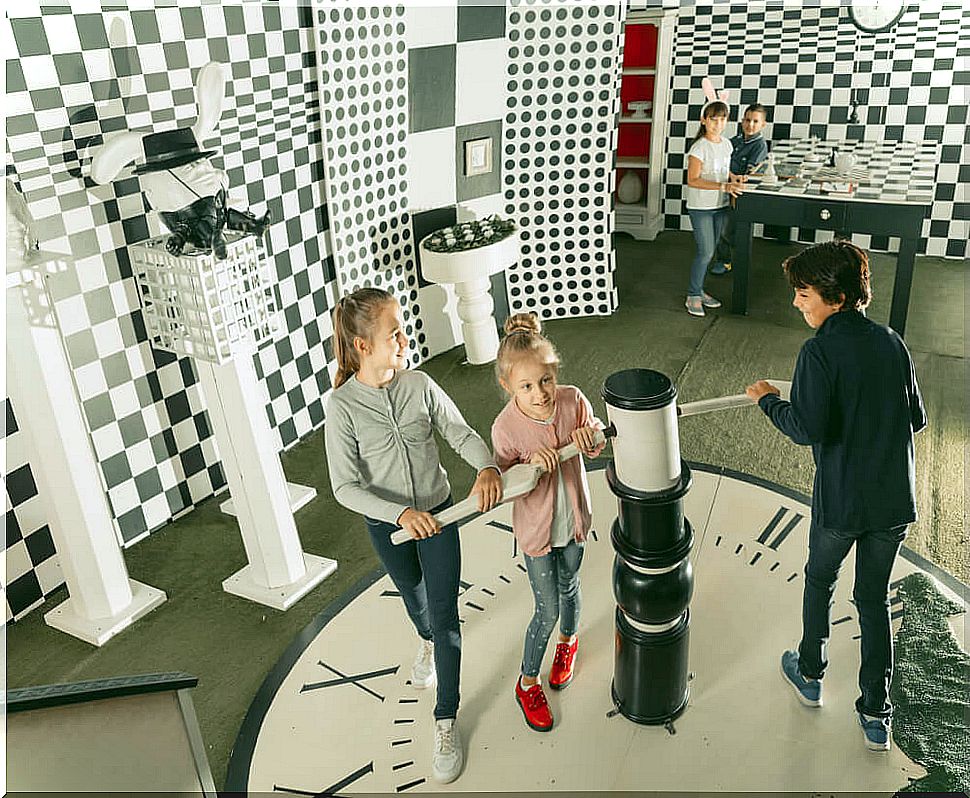
A box with a specific letter of each word will be marked with a color. Choosing in order the letters marked in color, of each word, of each answer, we will have the final combination.
Something to unlock
Once we have a bunch of clues and clues for the keys, we need some locks. Of course, we could use combination locks that open actual boxes, bags, or containers. They are a lot of fun, but sometimes we don’t have enough funds to buy them. Other times they fail, so they can be unreliable.
So a great idea is to go to Google Forms. Using Google forms is what makes the e scape room in the classroom possible and easy. We will create a form with a series of locks that will only be unlocked when the exact correct answer is entered.
Creating an escape room in class: the ultimate prize
The final prize must exist even if it is symbolic. When the students find, for example, the endangered animal, we can leave a photo of that animal in the place where they arrive. If they were looking for a treasure we can place some plastic jewelery, etc.
We can also choose to put a card with a message, something like: “Congratulations, you did it” or ” Good job, you did it . “
Finally, recuerdemos that if we decided to create an e scape room in class, we see the enthusiasm aroused in students and see how fun working content.


